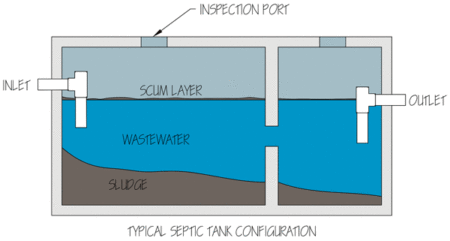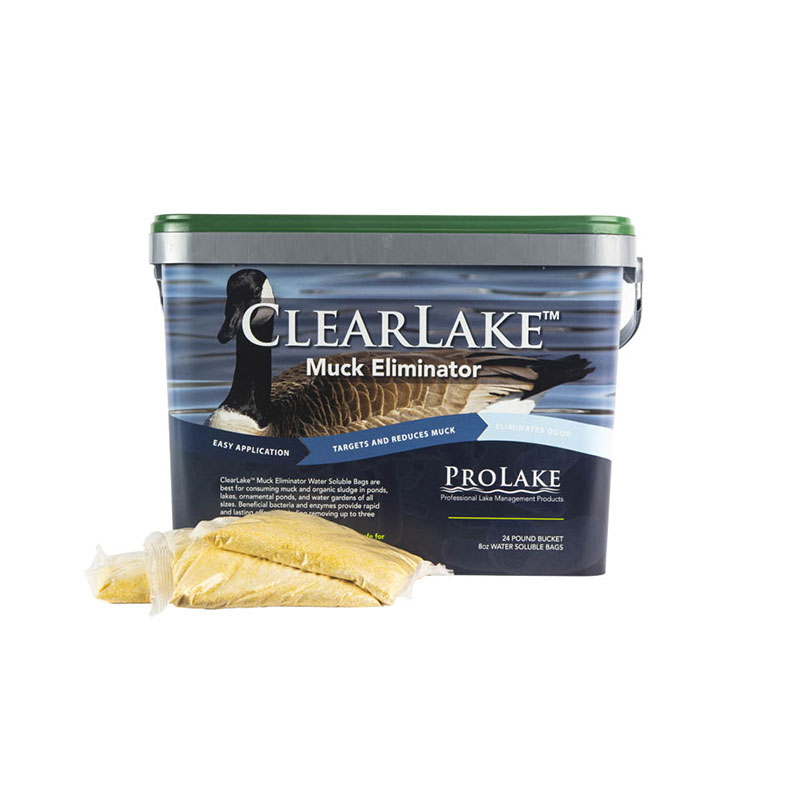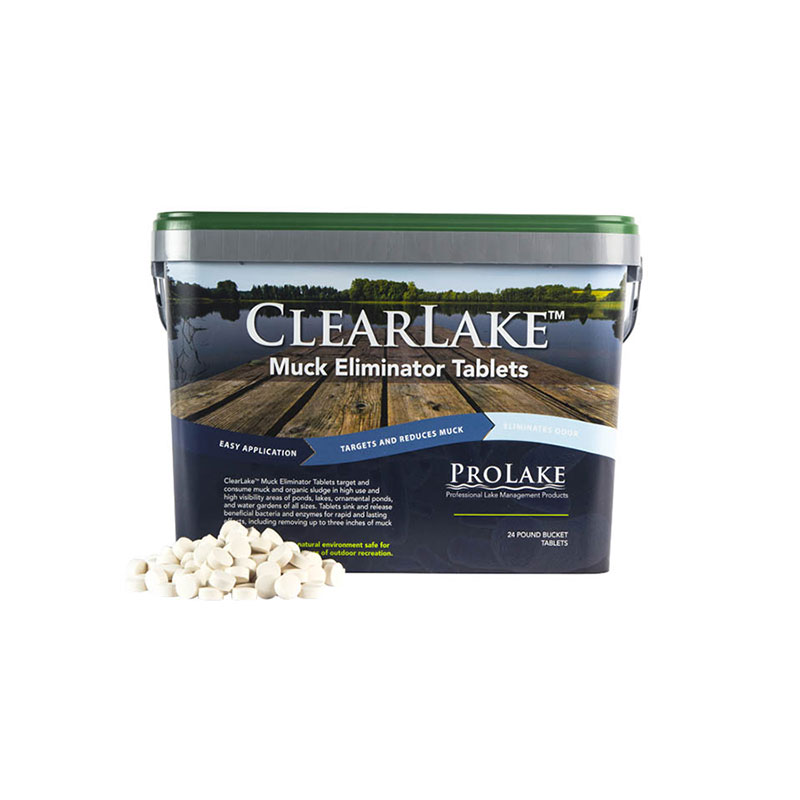How to Reduce Sludge in A Septic Tank System
Method 1: Pumping and/or Cleaning
It’s a fact of life: Septic tanks need to be pumped periodically. As solids (sludge) builds up in the tank, the usable volume in the tank decreases. If sludge is left in a septic tank for a long time, it will compact and harden to the point where a pump truck cannot remove it. In that case, high-pressure hoses are needed to break up the sludge and clean out the tank.
Of course, this method is highly effective and thus the standard method for removing sludge from a septic tank. The problem is that it isn’t cheap and if this is the only method employed to remove sludge, it must be done regularly.
Method 2: Aeration and Bio-Enzymes, Microbes and Bio-Activators
Septic tanks are an anaerobic environment (without oxygen). Bacteria that consume sludge can only live in an aerobic environment (with oxygen). The key to reducing sludge in your septic tank with enzymes is to provide a source of air and a population of bacteria to consume the sludge.
This process can take a few weeks but can consume up to 95% of the sludge in your septic tank! The major added benefit, is that if you continue with the program, you should not have to pump your septic tank ever again!





